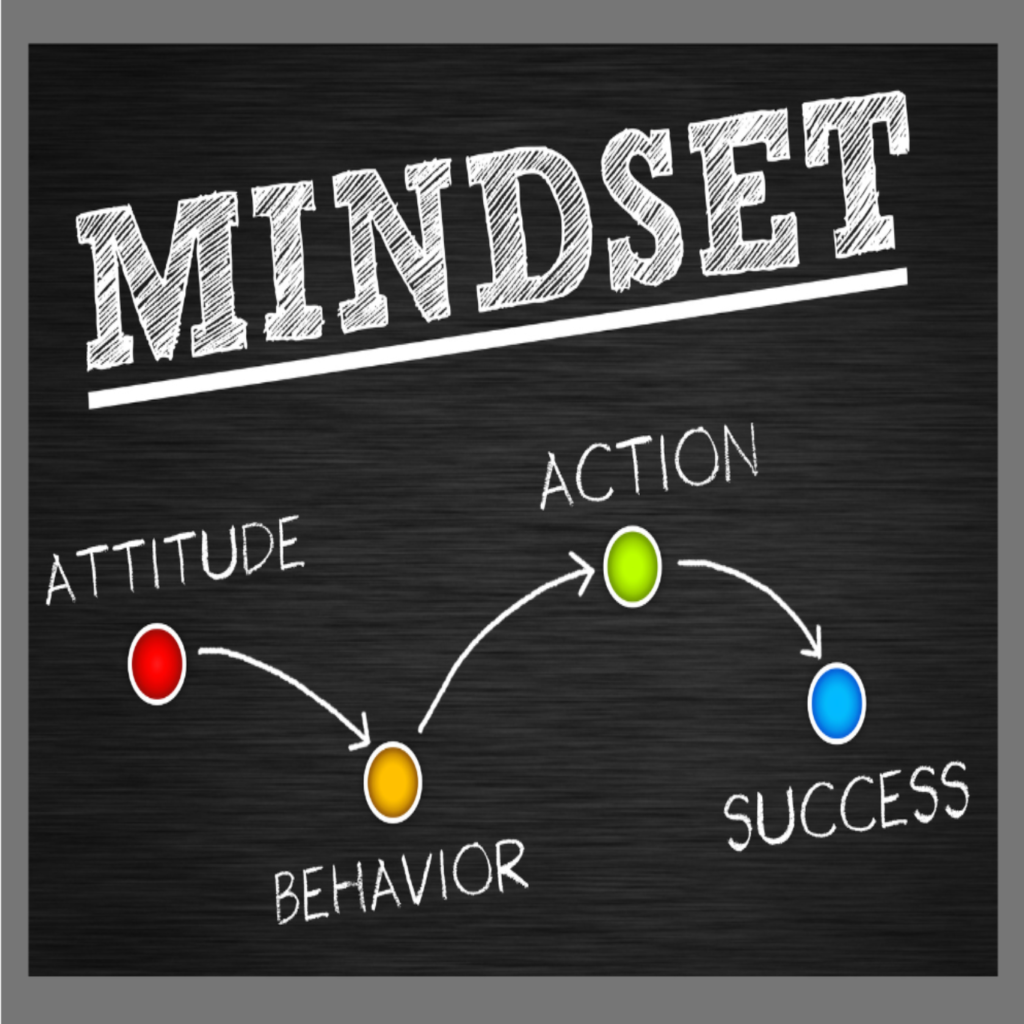Table of Contents
Introduction
In a world that’s constantly changing, the ability to adapt and grow is more crucial than ever. One of the most effective ways to achieve personal and professional success is by developing a growth mindset. This concept, popularized by psychologist Carol Dweck, can transform how you approach challenges, learning, and success. In this blog post, we’ll explore why a growth mindset is essential and provide practical strategies for cultivating it in your own life.
What is a Growth Mindset?
A growth mindset is the belief that abilities and intelligence can be developed through dedication, hard work, and perseverance. It contrasts with a fixed mindset, which views talents and intelligence as static traits that cannot change. Here’s a breakdown of the two mindsets:
- Growth Mindset: Belief that skills and intelligence can be developed through effort and learning.
- Fixed Mindset: Belief that skills and intelligence are innate and unchangeable.
Why It Matters: A growth mindset encourages resilience, motivates continuous learning, and fosters a love for challenges. It helps you see failures as opportunities for growth rather than as reflections of your abilities.
Why a Growth Mindset Matters
- Encourages Resilience and Persistence
- Example: Imagine you’re working on a challenging project at work and encounter obstacles. With a growth mindset, you view these challenges as opportunities to learn and grow, rather than as signs that you’re not cut out for the task.
- Promotes Continuous Learning and Improvement
- Example: A growth mindset motivates you to seek out new knowledge and skills. If you make a mistake, you see it as a learning experience and strive to improve.
- Fosters a Positive Attitude Toward Challenges
- Example: Instead of avoiding difficult tasks, you approach them with enthusiasm and curiosity, which leads to personal and professional development.
- Enhances Relationships and Collaboration
- Example: A growth mindset helps you appreciate others’ feedback and work collaboratively, leading to better team dynamics and stronger relationships.
- Increases Motivation and Achievement
- Example: When you believe that you can grow and improve, you’re more likely to set ambitious goals and work toward achieving them.
How to Cultivate a Growth Mindset
- Embrace Challenges
- Action: Seek out tasks or projects that push you out of your comfort zone. Embrace challenges as opportunities to learn and grow.
- Tip: Start small. Take on a new project or hobby that interests you but is slightly outside your current skill set.
- Learn from Criticism
- Action: View feedback as a chance to improve rather than as a personal attack.
- Tip: Ask for constructive feedback from colleagues, mentors, or friends and reflect on their suggestions for growth.
- Celebrate Effort, Not Just Results
- Action: Recognize and reward the effort you put into tasks, not just the outcomes.
- Tip: Acknowledge the hard work and dedication you put into a project, even if the results aren’t as expected.
- Focus on Learning, Not Just Achieving
- Action: Shift your focus from solely achieving goals to also valuing the learning process.
- Tip: Reflect on what you’ve learned from both successes and failures, and apply those lessons to future endeavors.
- Cultivate a Love for Learning
- Action: Engage in activities that stimulate your curiosity and expand your knowledge.
- Tip: Read books, take courses, or attend workshops on topics that interest you and contribute to your personal growth.
- Adopt a “Yet” Mentality
- Action: Use the word “yet” when you encounter difficulties.
- Tip: Instead of saying “I can’t do this,” say “I can’t do this yet.” This simple change in language can shift your mindset from one of limitation to one of potential.
- Surround Yourself with Growth-Minded Individuals
- Action: Build relationships with people who have a growth mindset.
- Tip: Engage with mentors, peers, or communities that support and encourage growth and learning.

Practical Exercises
- Growth Mindset Journal
- Exercise: Keep a journal where you write about your challenges, efforts, and learning experiences.
- Goal: Track your progress and reflect on how you’ve grown through various experiences.
- Daily Affirmations
- Exercise: Use affirmations that reinforce a growth mindset, such as “I am capable of learning and growing.”
- Goal: Rewire your thinking patterns to support a growth mindset.
- Challenge of the Week
- Exercise: Set a small, manageable challenge for yourself each week.
Goal: Create opportunities to push your boundaries and practice resilience.
Developing a growth mindset is a powerful way to enhance your personal and professional life. By embracing challenges, learning from criticism, and focusing on continuous improvement, you can foster resilience, motivation, and success. Start small, be consistent, and remember that growth is a journey, not a destination.
What steps will you take to develop a growth mindset in your own life? Share your thoughts and experiences in the comments below, and don’t forget to sign up for our newsletter for more tips and resources on personal development!
Additional Resources
- Books: Mindset: The New Psychology of Success by Carol S. Dweck
- Courses: Explore Growth Mindset Courses on Grokly.me
- Articles: Read More About Growth Mindset

